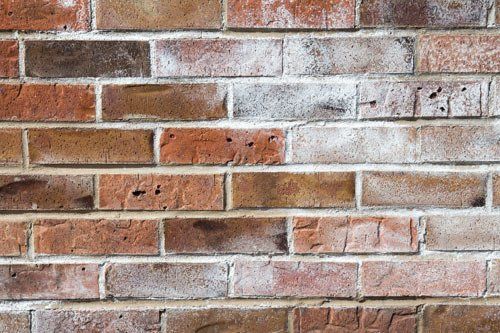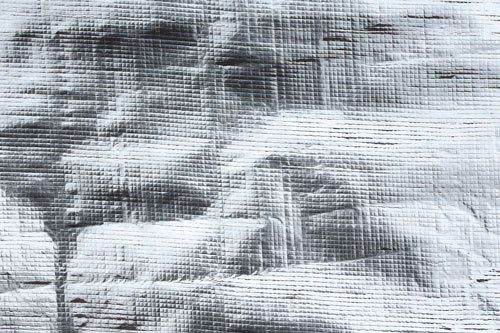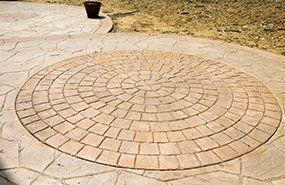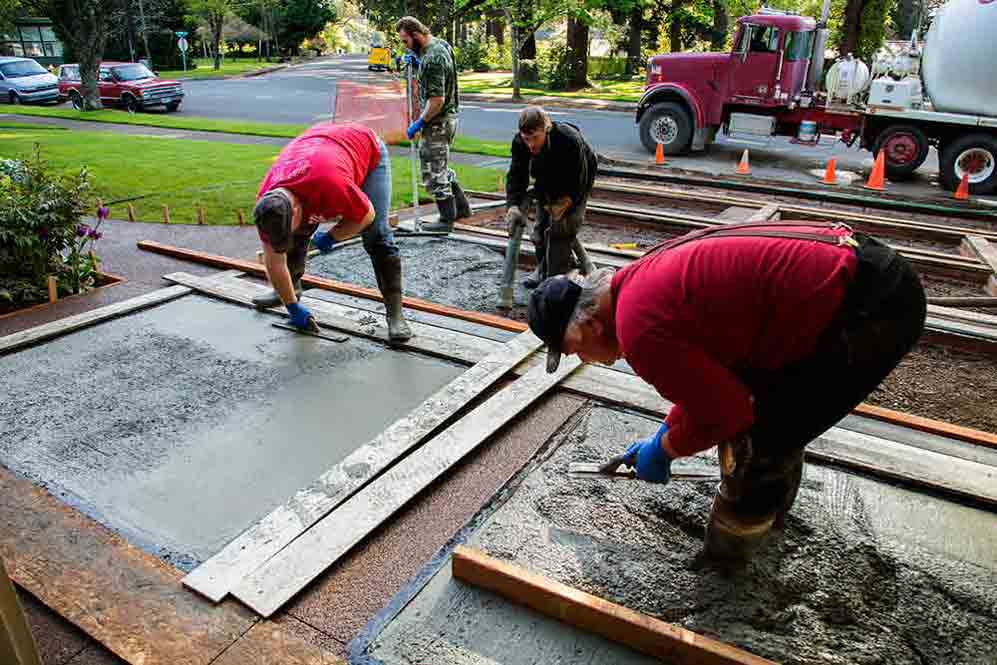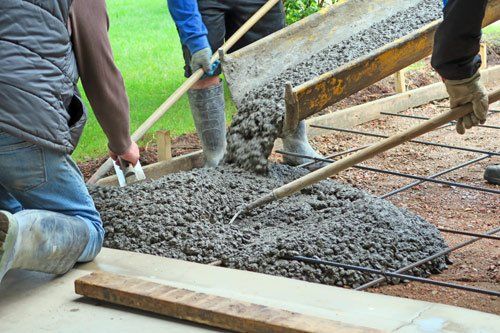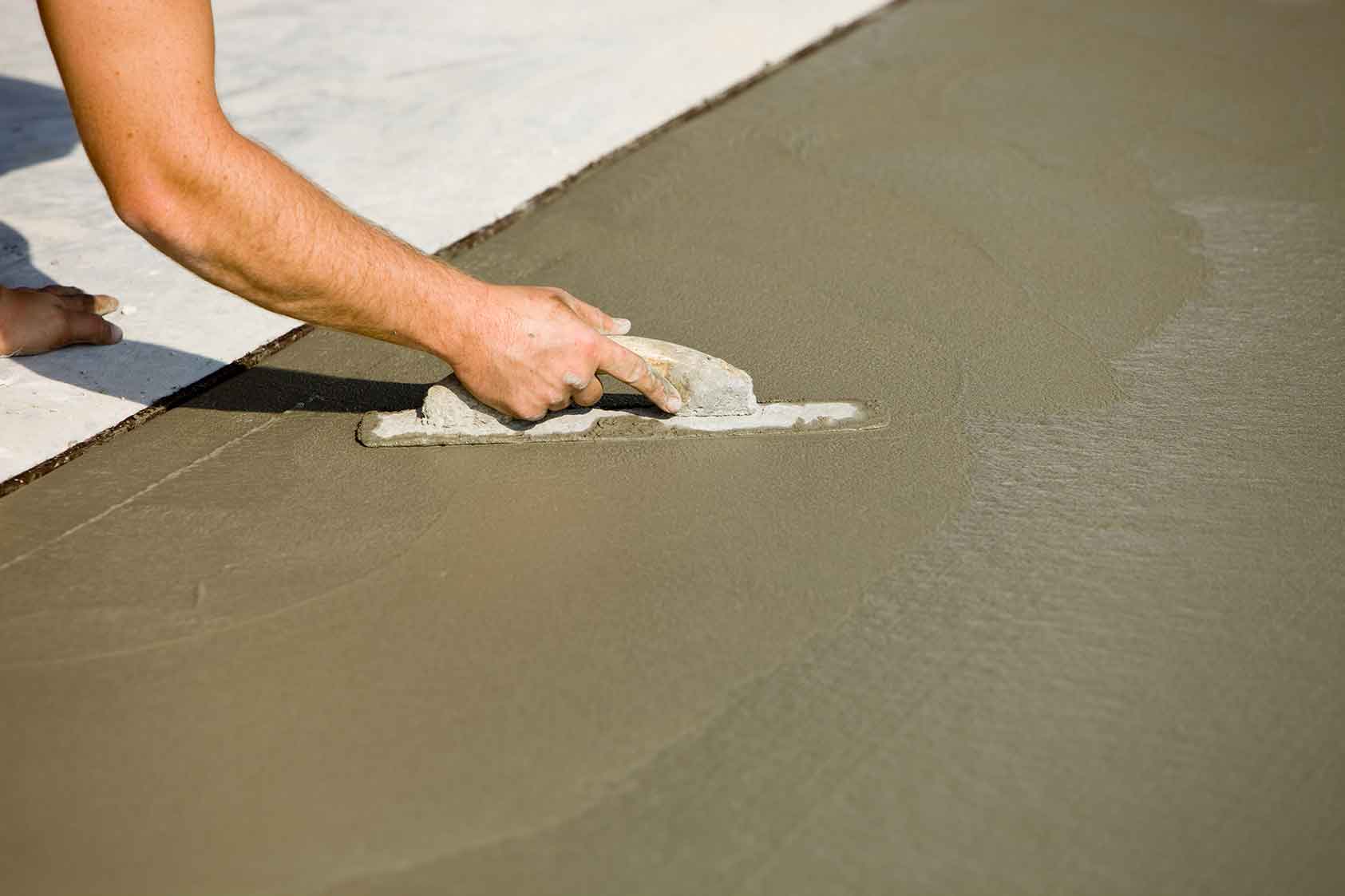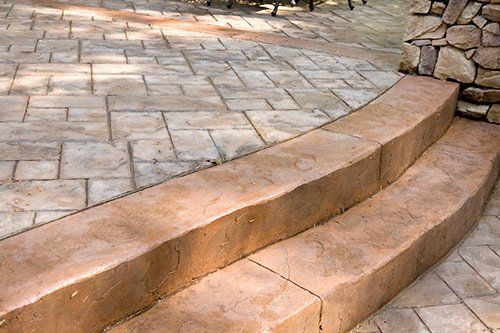
Concrete continues to be one of the most prized of all building materials, thanks to its versatility, low price point, and incredible durability. Despite its ability to resist wear and degradation, concrete will still succumb to damage as time goes on. Cracks represent one of the most frequently experienced forms of such damage.
A variety of different underlying issues can cause cracking, including improper installation or curing, exposure to damaging environmental stresses, or simply old age. Regardless of what caused the crack to occur, it is vital that you attend to them as soon as possible. Otherwise, they will only continue to grow worse, eventually leaving your concrete in crumbles.
When it comes to concrete crack repair, you have a few different options to choose from. Each of these has its own particular strengths. If you would like to learn more about the techniques a professional may use to restore stability to cracked concrete, read on. This article will outline two of the most effective methods.
Muting and Sealing
Muting and sealing is one of the oldest - and the most elementary - methods of repairing concrete cracks. Don't let the seemingly simple nature of muting and sealing fool you, however; it remains an incredibly effective repair method. In fact, when implemented correctly, muting and sealing can permanently repair a wide range of crack sizes.
The first phase of the process - muting - involves altering the size and shape of the crack. The idea is to ensure ideal conditions for the bonding of the patching compound that will be applied. Muting tools include power saws with diamond tipped blades or manual chisels, with the size of the crack determining which tool will be best for the job.
Muting has two aims. The first involves deepening shallow cracks to a minimum depth of ¼". The second involves shaping the sides of the walls so that they slope gently toward the bottom. After removing any resulting debris, the patching compound will be carefully pressed in place, leveled off, and allowed to cure. Once dry, the crack is usually topped off with a concrete sealer.
Stitching
As versatile a technique as it may be, muting and sealing won't be appropriate in every case. Cracks whose root cause involves a shifting sub-base or soil instability will require a more intensive form of repair, in order to prevent the issue from recurring. In such cases, muting and sealing would only offer a temporary solution.
The repair technique known as stitching involves using heavy duty metal brackets that span the crack. The most basic way to think of these brackets is as giant staples, which physically hold the opposing sides of the crack together. Most installers utilize these brackets in conjunction with an epoxy resin, which acts to fill up the crack's void space, thus preventing water from pooling up.
Concrete stitching can be broken down into two distinct methods. The most commonly used form of stitching - cross-stitching - involves the bent metal brackets discussed above. A lesser known, yet no less effective method goes by the name of slot-stitching. This involves a metal bracket that fits into a slot drilled perpendicularly across the crack.
Concrete Experts
As a responsible homeowner, you must be sure to keep your concrete surfaces in good condition. Don't be tempted to put off repairing any cracks that develop. The longer you wait to have them eliminated, the more intensive - and costly - the procedure will be. For more information about the best ways to maintain your concrete, please don't hesitate to contact the professionals
at Diamond Concrete Supply, Inc.

